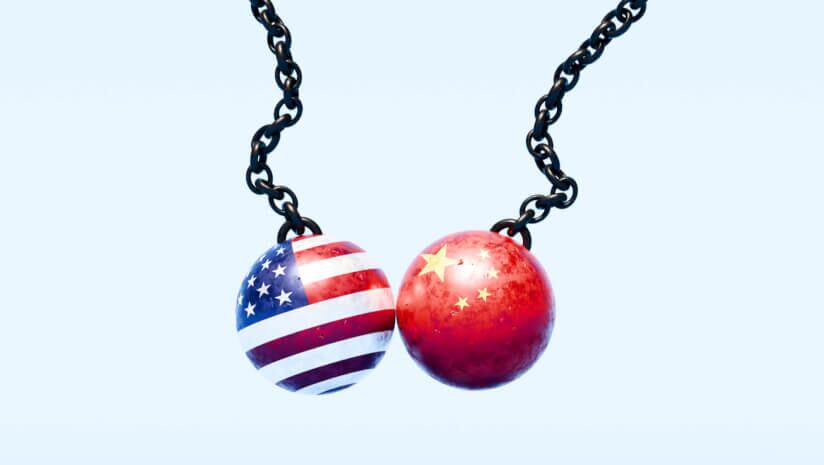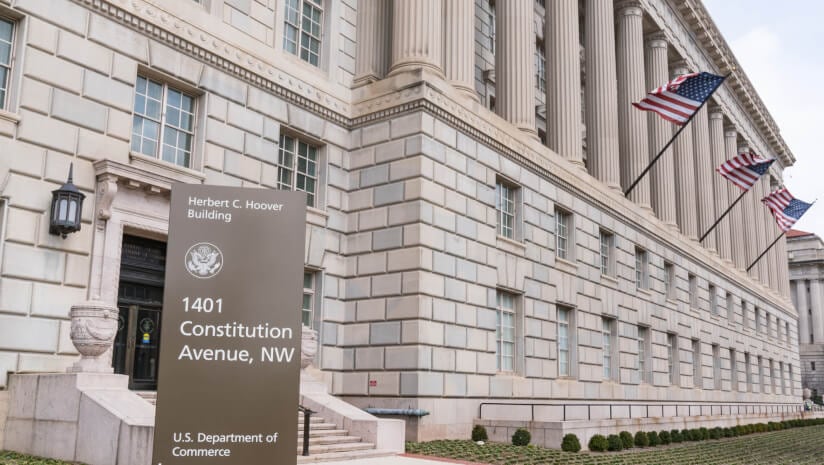The organizations are in active discussions with the Office of the U.S. Trade Representative, the Department of Commerce, the Department of State, the Department of Agriculture and leadership in committee chairs offices in both the House and the Senate, as well as individual representatives offices, said Mike Bober, president and CEO of Pet Advocacy Network.
Bober spoke last week during the American Pet Products Association webinar “Unpacking Tariffs: What Pet Businesses Need to Know.”
“These conversations are happening against the backdrop of a Washington that is really focused right now on trying to understand the day-to-day that changes rapidly,” he said.
Bonded warehouses and other strategies
Rebecca Rizzuti, owner at Progressive Trade Consulting, discussed strategies her clients are exploring to help navigate a trade environment with higher tariffs.
Some have considered stockpiling inventory in bonded warehouses—secured facilities where imported goods can be kept without immediate payment of customs duties and taxes. Operated under the supervision of Customs and Border Protection, these goods can be stored, manipulated or even undergo manufacturing processes within the warehouse. The duty is only paid when the goods are released from the warehouse for domestic consumption or export.
“What we’re seeing is clients putting products in transit and taking those into bonded warehouses where they’re going to be held,” Rizzuti said. “Maybe they want these for holiday sets and are going to ship them now, maybe it’s because they think that freight rates are going to go up if trade deals are announced…People are trying to mitigate costs.”
Ultimately Rizzuti said that having a trusted advisor who understands the in-depth nature of a clients’ sourcing practices, vendors, engagements and the documentation needed for these circumstances is key to navigating new tariffs.
She advises staying up-to-date with changes happening in the supply chain, having an engage broker and being diligent about the accuracy of the data that travels with a particular product.
Reducing the trade deficit
Discussing the political and historical context, Dan Swartz, head of the customs and trade practice at consulting firm Crowe, said that the Trump Administration is focused on using tariffs to help reduce the U.S. trade deficit which approached nearly $1 trillion last year.
“What you’ll notice here is that there’s several patterns in which there have been various tariff bills passed by Congress that have both increased tariffs over our country’s history as well as decreased tariffs,” he noted.
“The one theme that you’ll pick up with all these tariff bills—I think there’s about eight of them in total— is that they were bills leading toward the imposition of tariffs all sponsored by Republicans. And then the efforts to remove tariffs were all sponsored by Democrats.”
Tariffs, which are imposed by the government on imported goods, typically come in the form of ad valorem, which is a rated duty that is applied on the declared value of the imported merchandise.
Tariffs took on a more important role with the conclusion of WWII. The Allied nations held the Bretton Woods Conference in 1944 to plant seeds for modern-day globalization and the establishment of international banking policies, which led to the General Agreement on Tariffs and Trade.
These post-WWII efforts were designed to help Europe in their efforts to reconstruct after the war, allowing them to levy tariffs on U.S. imported goods and to prevent, through international cooperation on trade, the likelihood of entering into a major war again, Swartz said.



